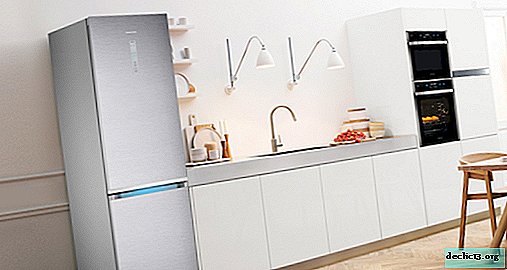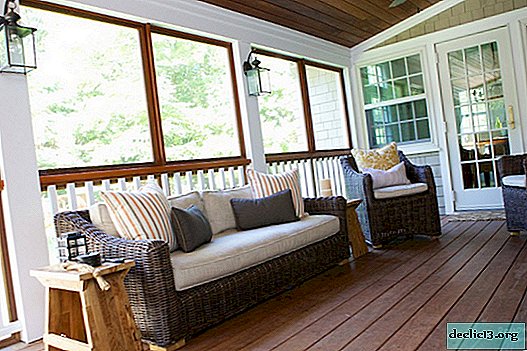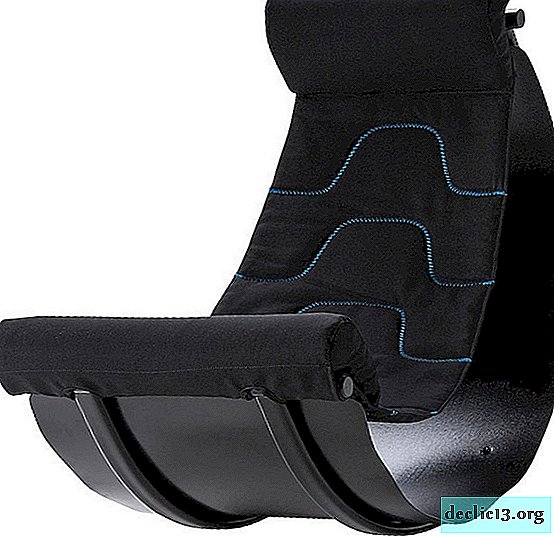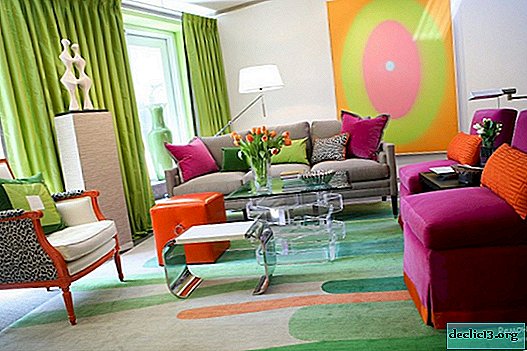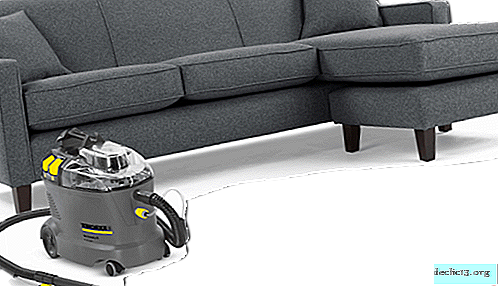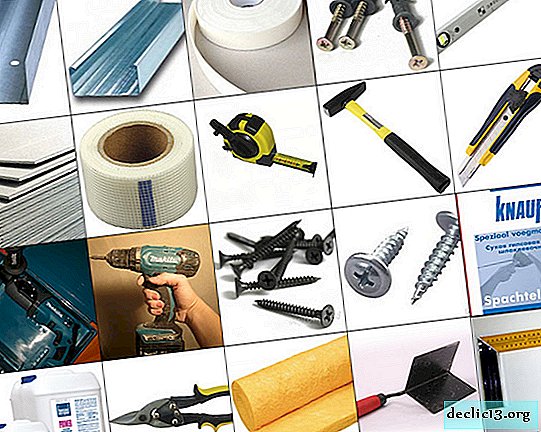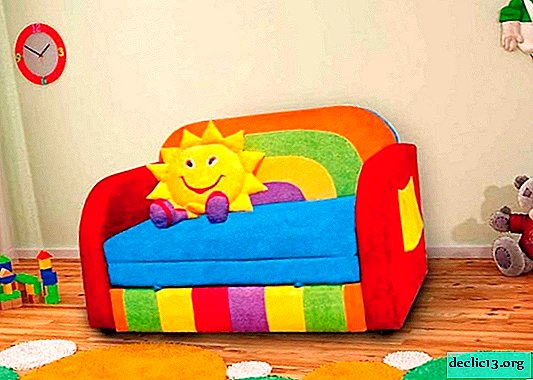Purpose of the electrical distribution cabinet, model overview
To obtain and further distribute electricity in power supply systems, special equipment is used. One of the elements of such a system is an electrical distribution cabinet that performs this task. It is produced in various designs, and operates at rated voltages up to 380 V in a three-phase network and rated currents up to 400 A with a frequency of 50 Hz. Entering cables and wires through the upper and lower holes.
Purpose and features
Distribution cabinet is a metal or plastic box, hiding from prying eyes switching equipment, meters and other network elements. Cable entry and exit is carried out through the provided holes in which the glands are mounted.
This equipment is installed on the street or in rooms that meet certain standards. In the first case, climate cabinets are used that provide a normal temperature regime for the smooth operation of the equipment.
Depending on the tasks assigned to the engineers, the serviced area can be equipped with several instances of cabinets. This solution improves the quality of work, the effectiveness of protection against unforeseen congestion in the network, massive power outages in emergency situations.
Design features of cabinets are determined by their purpose. They perform the following functions:
- provide protection of objects from a short circuit in a network;
- protect the network from overloads;
- used for infrequent operational switching of electrical circuits;
- protect people or animals from accidents and electric shocks;
- Prevent fire and fires.
To provide electricity in the premises, various configurations are used, as well as the dimensions of the cabinets. None of the agricultural, commercial or industrial facilities can exist without this equipment.
Inside the cabinet is equipped with special fasteners - rails, which provide quick installation and installation of special equipment, you do not need to perforate the walls. For laying wires inside the unit, special boxes are used that ensure the proper organization and safety of the entire system.



Kinds
Cabinets differ in the following parameters:
- by functional features: input, distribution, emergency;
- according to the degree of protection: street, internal copies;
- by type of execution: wall, floor or built-in cabinets;
- according to the used material: metal or plastic.
Depending on the functionality, the switchboards can be distribution, serving to calculate the consumed electricity. The introductory device is a subtype of the previous one, it is installed both in residential buildings and in industrial workshops. In most cases, an emergency cabinet is mounted at enterprises with the goal of instantly supplying electricity from an additional source - a generator, due to breakdowns in the network. It should be noted that the electrical circuit for cabinets may vary depending on the needs of the customer and the drawn up project.
Outdoor cabinets are characterized by a high degree of moisture resistance, tightness, which allows them to operate in harsh winter conditions. The choice of a particular instance depends on the intended installation location. The outdoor cabinet can withstand the following operating conditions:
- ambient temperature in the range from -40 to +400 degrees;
- installation at an altitude of 2 km above sea level;
- It has a high degree of protection, but does not imply installation in an explosive atmosphere containing conductive dust, aggressive gases and vapors that destroy insulation or metal.
The output of the power cables is usually carried out from below. They also provide for the installation of fuses, a cross over switch and other additional features.
The wall-mounted cabinet provides for secure mounting of the mounting plate to the wall. They are attached exclusively to a vertical surface by means of special mounting brackets through the holes provided for this purpose. Very often, this type of cabinet is used for mounting equipment on the street or in industrial premises. These massive products are suitable for organizing numerous power flows.
It is advisable to complete floor cabinets with diesel or gas power plants with a very complex work format. Such designs are used to ensure safety measures, to protect people from electric shock when transporting energy through wires under high voltage.
If bulk equipment is used when connecting a particular object to power, or its quantity is large, then preference is given to welded-on floor cabinets made of sheet metal.
The surface of the housing must necessarily have anti-corrosion properties. The equipment inside the cabinet is mounted using special DIN rails, as a rule, these are:
- elements of automation;
- RCD
- counters and others.
Protective grounding is necessarily connected to the body of the metal unit. Protection against unintentional contact is provided by a 180-degree-opening door, and a high-quality lock allows you to reliably lock the cabinet and prevent theft of expensive equipment. All communications to the floor model are brought either from below or from the back.
Recessed structures require large time and financial costs for their installation, often the cost of parts is also different. They are best preferred for the installation of equipment indoors or in residential buildings. Also, their use is advisable in rooms with an aggressive environment.
Metal cabinets are made of steel, their surface is painted by a special method of powder spraying, which guarantees the durability and durability of the coating. This type of cabinets is more resistant to external influences, is durable and reliable. Plastic models are more beautiful in appearance, but inferior to metal in their functional properties.
One of the innovations that the electric distribution system possesses is a plastic double-sided cabinet. It provides quick installation, easily adapts to the type of premises, and a collapsible housing allows you to transport it in parts.
 Emergency
Emergency Introductory
Introductory Recessed
Recessed Metal
Metal Floor
Floor Wall
Wall Plastic
Plastic Street
StreetDimensions and specifications
The dimensions of the cabinets vary depending on their model, type of design, purpose. For industrial use, cabinets are used, the height of which is from 1700 to 2100 mm, a width of up to 700 mm and a depth of about 200, although the latter parameter can be increased due to the need to place special equipment in the box. The maximum height can be obtained by connecting several models, while not monoblock structures are obtained, but paired. Custom size models can be made to order, but a modern manufacturer provides customers with many varieties of goods.
Modernized cabinets for private or office use are compact designs with a beautiful design. Due to changes in internal equipment, their dimensions are also reduced. In general, it is easy to familiarize yourself with the basic characteristics of a product if you skillfully decipher the conventions. So, the product code contains the following data that will help you easily get acquainted with the necessary parameters:
- development number;
- type of installation and type of execution (floor, wall, mounted);
- height, width of the cabinet;
- degree of protection of the shell;
- cabinet circuit number.
The outer dimensions of the cabinet are not the only characteristic that should be paid attention to. Equally important is the distance between the rails, which ensures the normal location of the equipment. The weight of the structure also plays a huge role, because heavy products increase the load on the floor.
There are the following technical specifications that help you make the right product choice:
- Rated voltage;
- rated current of the input device;
- frequency;
- current type;
- number of phases.
To make it easier to understand the characteristics of such furniture, all the basic data are collected in a table.
| Characteristic | Value |
| Rated current, A | 250-400 |
| Number of fuse groups | 2 to 8 |
| Nominal frequency, Hz | 50 |
| Rated insulation voltage, V | 660 |
| Degree of protection in accordance with GOST 14254 | IP22 IP54 IP00 from the day |
Climatic modification in accordance with GOST 15150:
| KM UZ, UHLZ U2 |
Which is better
Modern manufacturers produce different versions of cabinets. In choosing the right model, you need to be guided by the specific working conditions, the scale of the subordinate system and the type of surface to be placed. Specialists, when choosing the right instance, turn their attention to a set of parameters:
- electrical characteristics - these include the rated voltage or current, the risks of short circuits. Load currents are calculated for each section and then summed. If necessary, additional elements are installed: circuit breakers, starters or overvoltage relays;
- body type - takes into account the material from which it is made, as well as the dimensions of the box. An important factor is the amount of equipment that needs to be placed in the tank. Here you need to start by drawing up a room plan, determining the number of outlets, connectors, type of building wiring and cables;
- design features - if it is supposed to install a distribution board and an electric meter in the cabinet, then the presence of a viewing window in the cabinet is a prerequisite;
- type of installation - for example, mounted, floor and mounted or, as it is also called, recessed due to the fact that it is built into a recess or niche in the wall;
- climatic factor - it is he who influences the design features necessary for the normal functioning of equipment and proper protection of equipment;
- degree of protection of the case. This parameter is determined by state standards and is determined in accordance with some requirements. Models of various degrees of protection meet different operating conditions. It is necessary to choose a suitable option in such a way that it ensures reliable functionality of the equipment depending on harmful environmental influences, for example, humidity, dustiness of the room, proximity of flammable objects and others. It may be necessary to install gaskets at the joints of the unit.
When choosing a cabinet model, it is very important to ask about the life of the box. Manufacturers, who value their reputation, offer a warranty period of at least 15 years for the purchased goods.
The choice of electrical distribution equipment is quite extensive, so there are numerous selection criteria. No domestic or industrial power supply system can do without electrical cabinets. They are used in the energy, mining, metallurgical, chemical industries, in civil engineering and infrastructure. If you have any questions or difficulties, it is better to entrust the choice of this product to professionals.
Video
Photo
















